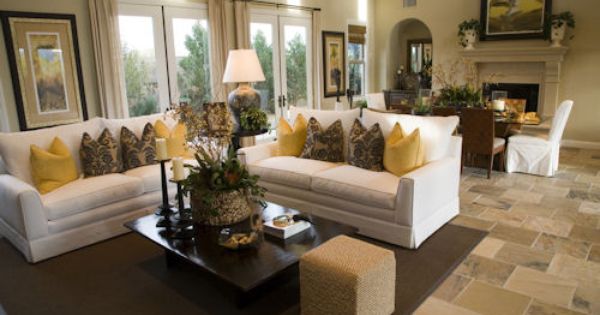Comfort is important in any setting, but particularly in your home where you generally spend at least half of each 24-hour period. If you or anyone in your family have sensitivities to pollutants, allergens or scents, proper ventilation is even more crucial. A balanced ventilation system is an important element in keeping your home comfortable.
Balanced ventilation is particularly important in recently-built homes that are constructed tightly to prevent accidental air from leaking into or out of the building. Older homes built to different specifications permitted an exchange between air outside and inside. Problems arose when the outside air flooded a home so much that heating and cooling bills were affected. Moisture content of the outside air was also an issue, particularly when mold or mildew started to grow.
Today’s balanced ventilation systems provide a more energy efficient way to bring outside air into a home without bringing extreme heat, cold or humidity along with it. Air is taken into the building through a single intake point instead of being allowed in through cracks, joints or other unintentional points of entry. The single intake point then distributes the air into living areas through a duct system. A separate, dedicated duct system removes air from the home, usually from bathrooms, the kitchen, attic or crawl space.
While it can be expensive to install a balanced ventilation system, there are a number of benefits you’ll realize. The system is often the least expensive to operate once it’s installed. It also offers improved fresher and drier air than is often available using older ventilation methods.
In climates where winters are cool to cold, a balanced ventilation system makes use of a ventilator to keep the house at the right temperature. The most common type is either a heat-recovery ventilator (HRV) or an energy-recovery ventilator (ERV). Each of these appliances has its pros and cons.
An HRV system is particularly beneficial in colder climates. This type of ventilator draws in fresh air from outside while removing stale air at the same time. Since both kinds of air are passing through the ventilator, it is able to transfer some of the heat from the stale indoor air leaving your home to the fresh air being brought into the house. The system’s design ensures that only heat is transferred; humidity, odors and allergens are removed.
An ERV system, on the other hand, transfers heat as it moves the air just as an HRV system does. However, the ERV system is more adept at removing humidity as well. Many experts recommend using the ERV system in warmer, humid climates where heating isn’t needed as frequently. Although an ERV system does remove humidity better than an HRV system, it isn’t 100 percent effective. In hot, humid climates, a dehumidifier is usually necessary even when an ERV system is in use.
Choosing the right system to enhance a balanced ventilation system is a matter of knowing how energy-efficient your home already is and understanding what the HRV and ERV systems can and cannot do. With the right system, you can enjoy balanced ventilation at a lower operating cost.
Charlie Teschner started MESA Plumbing, Heating, and Cooling in 1982. Charlie has a journeyman and master plumber’s license. He was raised with a strong work ethic and he now applies those values to tasks such as Longmont, CO heating repair.




